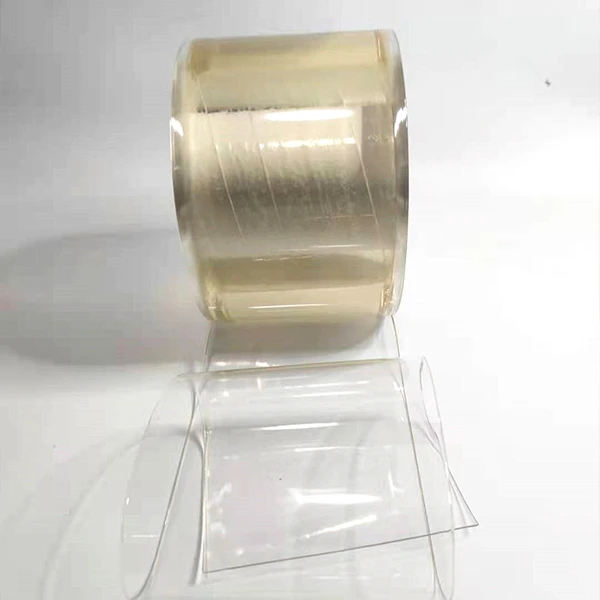- Afrikaans
- Albanian
- Amharic
- Arabic
- Armenian
- Azerbaijani
- Basque
- Belarusian
- Bengali
- Bosnian
- Bulgarian
- Catalan
- Cebuano
- Corsican
- Croatian
- Czech
- Danish
- Dutch
- English
- Esperanto
- Estonian
- Finnish
- French
- Frisian
- Galician
- Georgian
- German
- Greek
- Gujarati
- Haitian Creole
- hausa
- hawaiian
- Hebrew
- Hindi
- Miao
- Hungarian
- Icelandic
- igbo
- Indonesian
- irish
- Italian
- Japanese
- Javanese
- Kannada
- kazakh
- Khmer
- Rwandese
- Korean
- Kurdish
- Kyrgyz
- Lao
- Latin
- Latvian
- Lithuanian
- Luxembourgish
- Macedonian
- Malgashi
- Malay
- Malayalam
- Maltese
- Maori
- Marathi
- Mongolian
- Myanmar
- Nepali
- Norwegian
- Norwegian
- Occitan
- Pashto
- Persian
- Polish
- Portuguese
- Punjabi
- Romanian
- Russian
- Samoan
- Scottish Gaelic
- Serbian
- Sesotho
- Shona
- Sindhi
- Sinhala
- Slovak
- Slovenian
- Somali
- Spanish
- Sundanese
- Swahili
- Swedish
- Tagalog
- Tajik
- Tamil
- Tatar
- Telugu
- Thai
- Turkish
- Turkmen
- Ukrainian
- Urdu
- Uighur
- Uzbek
- Vietnamese
- Welsh
- Bantu
- Yiddish
- Yoruba
- Zulu
Benefits of Using PVC Weld Curtains for Industrial Applications
The Benefits of PVC Weld Curtains A Comprehensive Overview
In the modern industrial environment, ensuring safety, efficiency, and cleanliness is paramount. One innovative solution that has emerged to address these issues is the use of PVC weld curtains. These specialized barriers have gained popularity in various industries, particularly in welding and fabrication shops. This article will explore the benefits, applications, and maintenance of PVC weld curtains, showcasing why they are an essential asset in today's workplaces.
What are PVC Weld Curtains?
PVC weld curtains are transparent protective barriers made from durable polyvinyl chloride (PVC) material. They are designed to shield both workers and equipment from the harmful effects of ultraviolet (UV) rays, sparks, and heat generated during welding processes. The transparency of PVC allows for visibility while maintaining a safe working environment. Available in various thicknesses and colors, these curtains can be customized to fit specific applications and workplace layouts.
Key Benefits of PVC Weld Curtains
1. Enhanced Safety The primary function of PVC weld curtains is to protect workers from the potential dangers associated with welding. The curtains effectively block ultraviolet light, which can cause eye damage and skin burns. By erecting these barriers, businesses can reduce the risk of injury and create a safer workspace.
2. Improved Visibility Unlike traditional barriers, PVC weld curtains offer excellent visibility. This transparency allows workers to observe operations without fully obstructing their line of sight. As a result, communication and collaboration among team members are enhanced, leading to improved teamwork and productivity.
3. Heat and Fire Resistance PVC is inherently flame-retardant and resistant to high temperatures. This characteristic is crucial in welding environments, where sparks and molten metal pose a significant risk. PVC weld curtains can help contain sparks and prevent fires, contributing to a safer working environment.
4. Sound Dampening Welding operations can be noisy, which may lead to worker fatigue and decreased productivity. PVC weld curtains can act as sound barriers, helping to reduce noise levels within the workspace and providing a more comfortable working environment.
pvc weld curtain

5. Easy Installation and Maintenance Installing PVC weld curtains is a straightforward process. They can be mounted on existing structures, making them a cost-effective solution for many businesses. Additionally, they require minimal maintenance—occasional cleaning with mild soap and water is typically sufficient to keep them in good condition.
Applications of PVC Weld Curtains
PVC weld curtains find applications in a variety of industries, including
- Manufacturing In factories where welding is a daily task, these curtains create safe zones, protecting employees from hazards while allowing for efficient workflow.
- Construction Construction sites often involve welding and other activities that generate sparks. PVC weld curtains can be used to separate work areas, ensuring safety for all personnel involved.
- Automotive Repair In auto repair shops where welding is commonplace, these curtains can help contain fumes and sparks while providing visibility for technicians working on multiple vehicles.
- Laboratories Certain laboratory environments that involve welding or high-temperature processes can benefit from PVC weld curtains to restrict exposure to harmful emissions.
Conclusion
In conclusion, PVC weld curtains are a practical solution for enhancing safety, visibility, and efficiency in various industrial settings. Their ability to protect against UV rays, provide sound dampening, and contain heat makes them an invaluable tool for businesses that prioritize safety and productivity. As industries continue to evolve, the need for effective protective barriers like PVC weld curtains will only become more pronounced. Investing in these protective elements not only safeguards employees but also contributes to the overall success of operations in today’s fast-paced environments.
-
Industrial Plastic Curtains for Efficient Temperature Control Durable Strip Doors for Butchers & RefrigeratorsNewsJul.07,2025
-
High-Quality PVC Door Curtain – Magnetic & Transparent Options for Efficient SeparationNewsJul.07,2025
-
High-Quality 냉장실용 커튼 for Efficient Cooling Durable PVC Coated Wire Mesh RollosNewsJul.06,2025
-
Antistatic PVC Strip Curtains – Superior Static Protection & Easy InstallationNewsJul.06,2025
-
Clear Freezer Curtains - Durable Vinyl & Plastic Curtains for Cold Storage SolutionsNewsJul.06,2025
-
Transparent PVC-Folie – Flexible & Durable Clear Plastic Sheets for Versatile UseNewsJul.05,2025



